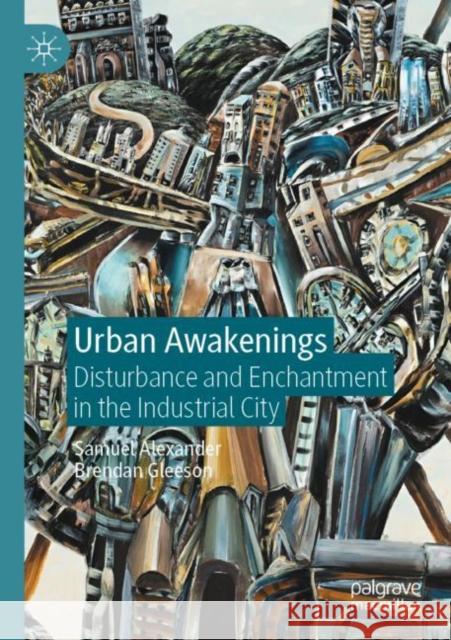Urban Awakenings: Disturbance and Enchantment in the Industrial City » książka
topmenu
Urban Awakenings: Disturbance and Enchantment in the Industrial City
ISBN-13: 9789811578601 / Angielski / Miękka / 2020 / 255 str.
Kategorie BISAC:
Wydawca:
Palgrave MacMillan
Język:
Angielski
ISBN-13:
9789811578601
Rok wydania:
2020
Wydanie:
2020
Ilość stron:
255
Waga:
0.32 kg
Wymiary:
21.01 x 14.81 x 1.4
Oprawa:
Miękka
Wolumenów:
01
Dodatkowe informacje:
Wydanie ilustrowane











